You don’t want to be the host who invited food poisoning to the backyard BBQ.
Chances are, you already follow basic food safety measures at home, but outdoor meals can bring added challenges. Add guests, hot weather, and FODMAP concerns into the mix, and well, let’s say that your BBQ has the potential to go up in smoke.
Don’t worry; we’ve got you covered! Before you fire up the grill, brush up on our top 10 safe-food tips and find your trusty meat thermometer—you’ve got a cookout to plan.
#1- Plan your menu carefully.
Plenty of main-dish choices are low in FODMAPS, such as grilled meats, fish, chicken, tofu, and vegetables like zucchini, tomatoes, and bell peppers. Kebabs are a fun option; you can make several varieties to appeal to everyone.
#2- Think ahead and thaw.
Meat, poultry, and seafood are best defrosted in the refrigerator—not on the counter. (The same goes for marinating food.) Start thawing 24 hours ahead—you can always finish the process on the microwave “defrost” setting if needed.
#3- Make your own marinades and sauces.
Many commercial marinades and BBQ sauces contain FODMAP ingredients. You can either make your own versions or be sure to read ingredient labels on ready-made products carefully. You can also use fresh Low FODMAP herbs and simple seasonings to keep things safe and easy, then offer sauces and dressings on the side so guests can customize their food. Here are some Low FODMAP dip and dressing ideas to get you started.
#4- Keep cross-contamination away.
Use separate cutting boards for raw meat, poultry, and vegetables to prevent bacterial cross-contamination. Also, don’t place cooked meat and poultry items back onto the same plate or sheet pan you used to bring the raw commodities to the grill—a common mistake! Keep in mind that cross-contamination can also occur when preparing gluten-free items. Consider labeling gluten-free items with little cards on the serving table or having a separate serving area. Also, using disposable cutlery and plates can help gluten-free eaters feel safer.
#5- Make friends with your thermometer.
Skip the “palm technique” and rely on a meat or instant-read thermometer to check doneness instead. Cook foods to the safe internal temperatures recommended by the USDA.
#6- Keep foods out of the “danger zone.”
Bacteria can rapidly multiply in foods that spend a long time between 40° - 140° F. Keep hot foods hot until serving by moving them to the side of the grill to keep warm (though not over high flame). Cold items can be held in the refrigerator or coolers with ice packs until serving time. Once served, test temps of hot and cold foods using an instant-read thermometer once an hour—and don’t forget to clean it between testing each item.
#7- Know when to toss it.
According to the USDA, any food that sits out (either outside or inside) and isn’t kept at the appropriate temperature should be tossed after 2 hours. (If it’s 90° or hotter outside, throw it after 1 hour). And as always, when in doubt, toss it out.
#8- Put it on ice.
Serve salads (green, fruit, potato, pasta, or grain-based) in bowls over ice. If you don’t have a special platter or bowl explicitly made for this, nest the salad bowl into a giant bowl of crushed ice. To keep salads diet-friendly for all, consider making a “base” salad that’s low in FODMAP ingredients and offers a variety of toppings and dressings for a DIY salad bar.
#9- Offering adult beverages?
Provide a variety of options, including some suitable for gluten-free people. You might also want to make a fun house mocktail! And always be sure to have plenty of water on hand, too.
#10- Got leftovers?
Lucky you! Could you be sure to chill them down quickly, then cover and refrigerate them? They should be fine for 3-4 days. If they were sitting out longer than 2 hours and weren’t maintained at a safe temperature, be on the safe side and toss them.
One final suggestion: if you know you’ll have a guest at your BBQ who has IBS, you can help that person feel at ease by following our tips for navigating cookouts with IBS. (If you’re the guest, contact your host beforehand with your questions or concerns.)
- Assistant Secretary for Public Affairs (ASPA). (2022, December 16). Cook to a Safe Minimum Internal Temperature. FoodSafety.gov.
- Food Safety and Inspection Service. Grilling and Food Safety | Food Safety and Inspection Service. (n.d.).
- Snyder, C. (2022, April 7). Steak doneness hand test: Does it work? Healthline.



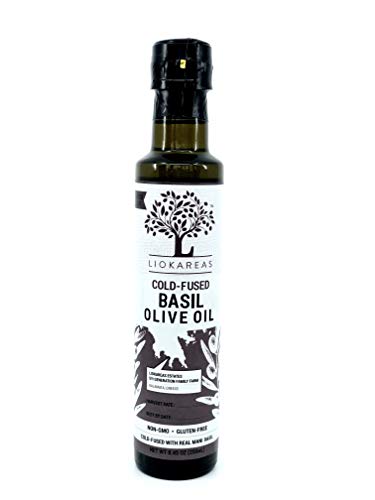
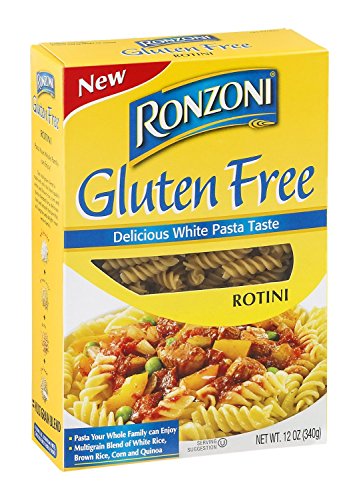
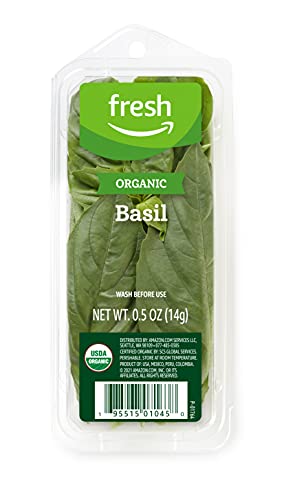









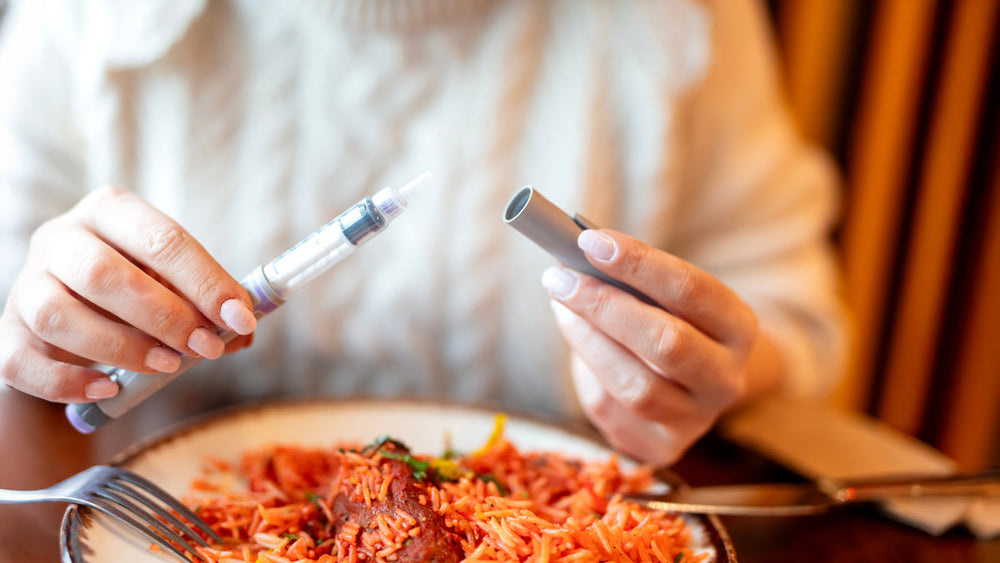
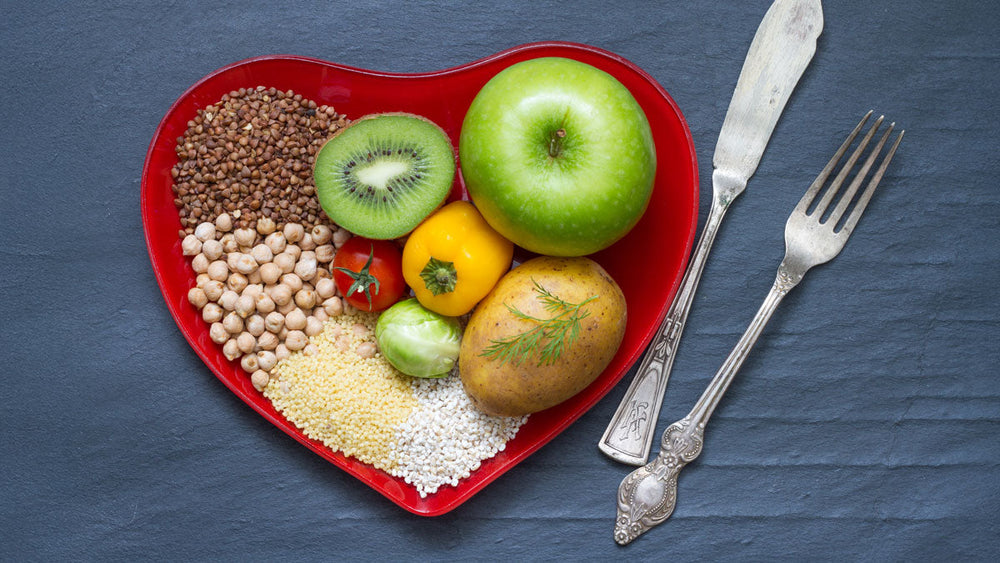



Comments
Join The Conversation...